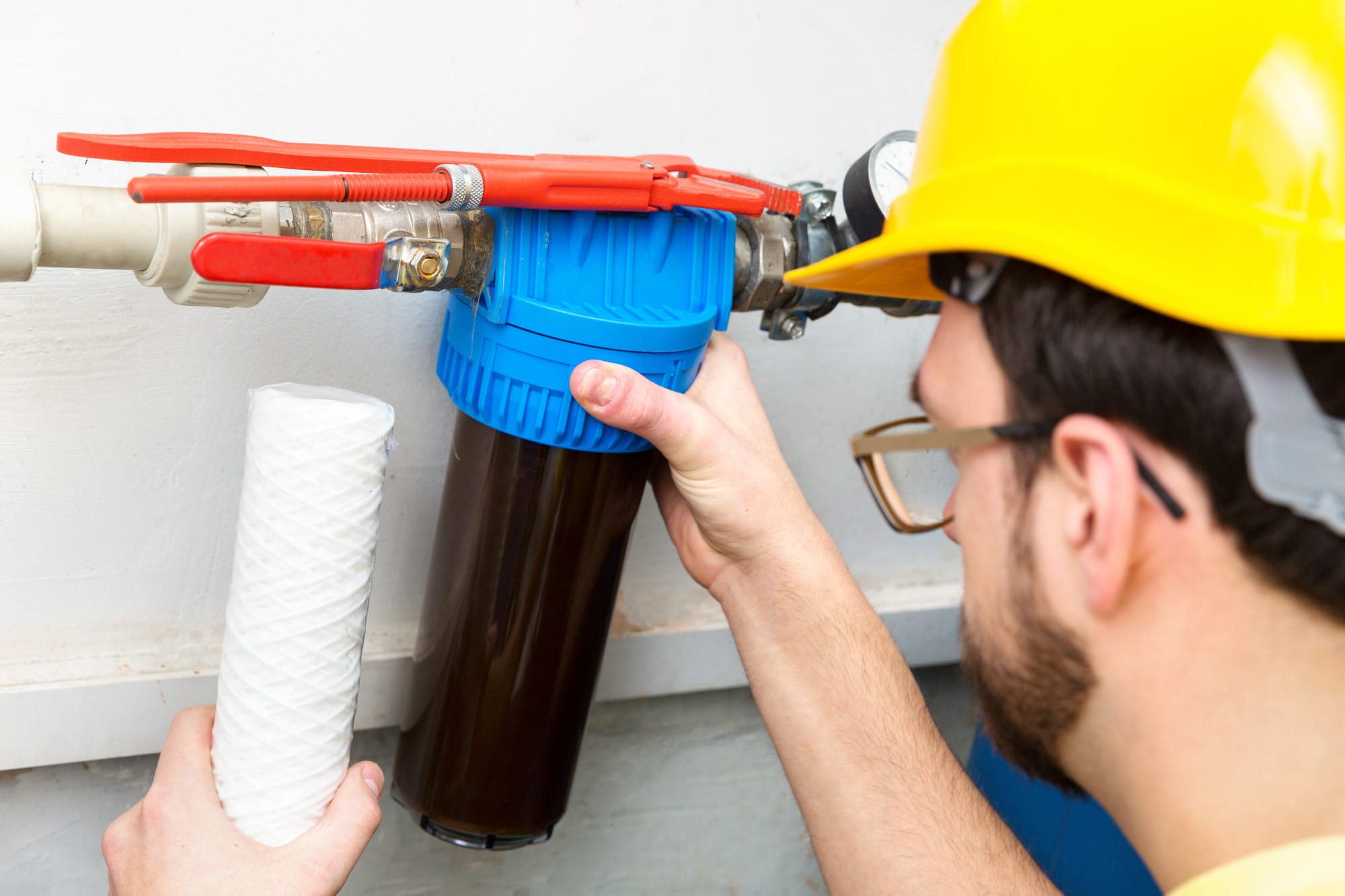Do you drink filtered water? If not, you should.
According to the National Resources Defense Council (NRDC), there are 80,000 chemicals being used in the United States, some of which can end up in our drinking water. This includes substances like lead and pesticides.
More and more consumers are installing water filtering systems in their homes, but not all systems are equally effective. Some water softeners even do more harm than good.
Many cities are banning salt-based softeners, so keep reading to learn about the alternatives.
The Problem with Salt
Although hard water is safe to drink, people invest in softeners to prevent build-up that causes stains and damage to pipes and appliances.
Having hard water also means using more detergent when doing laundry, washing the dishes, or showering, so softening water saves money on products.
While water softeners can save homeowners money, they can also create a variety of problems. Salt, in particular, creates environmental waste and imbalances in the body. Yet some of the alternatives to salt-based softeners are not that effective.
On top of that, units take up too much space for some households and installation can be complicated.
Salt-Free Water Filtering Systems
Most systems work either by adding chemicals to the water or removing them. Listed below are quick reviews of some of the most popular salt-free water softener options with pros and cons for each.
The first two on this list are less effective than the other methods, so think twice before selecting one of these options:
Chelation
Pros: Effective at preventing scale buildup and possibly even removing it. Cons: No proven effectiveness for high hardness levels.
Electromagnetic
Pros: Low cost, low maintenance, and does not use extra water.
Cons: Only half as effective as the methods mentioned above at preventing buildup and has had mixed results in studies regarding effectiveness.
Here are two effective methods, but they are more costly:
Reverse Osmosis
Pros: This is one of the most well-known alternatives. In addition to softening water, it is effective at removing contaminants such as arsenic, fluoride, asbestos, and pesticides.
Cons: Involves high water usage and is expensive.
Potassium Chloride
Pros: This is an effective method that allows you to cut back on sodium intake by not using salt-based softeners. (Instead of salt, you are adding potassium chloride to the water).
Cons: It’s much more costly than using salt.
Template Assisted Crystallization
Perhaps the best of the water softener alternatives, this method combines the benefits of low cost with high effectiveness minus all of the drawbacks.
Not only does it take up less than half the space of salt-water softeners, but it also leaves in valuable minerals, uses no extra water, and doesn’t create waste by adding chemicals.
The drawback? You’ll have to regularly replace the carbon filter, but you’ll spend less than you will if you continue using salt-based softeners.
Got questions?
Everyone deserves to have affordable, high-quality water, but learning the technical details of water filtering systems can be daunting. This is our passion, so feel free to leave questions or concerns in the comments section. We’re here to help!







